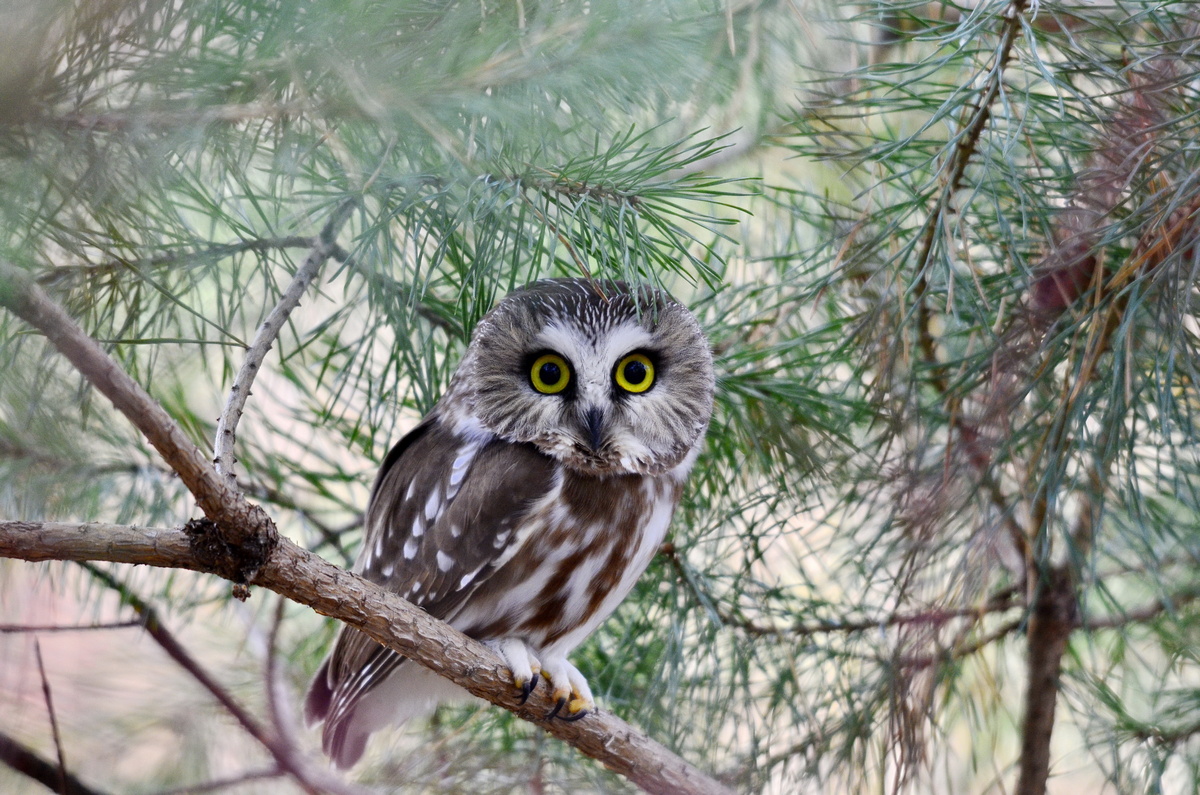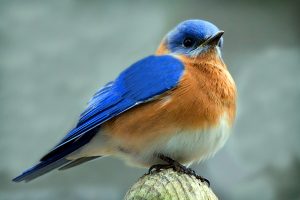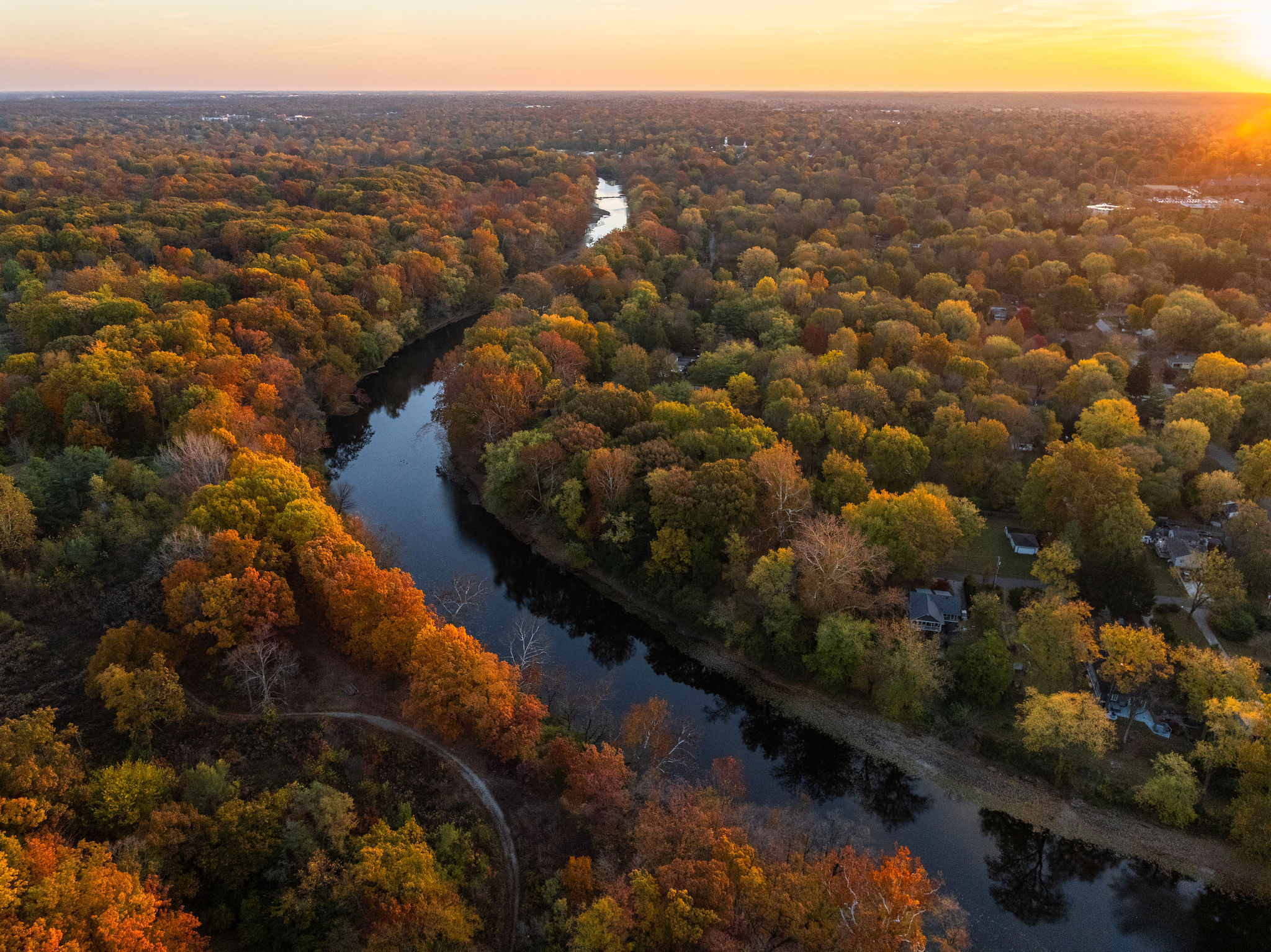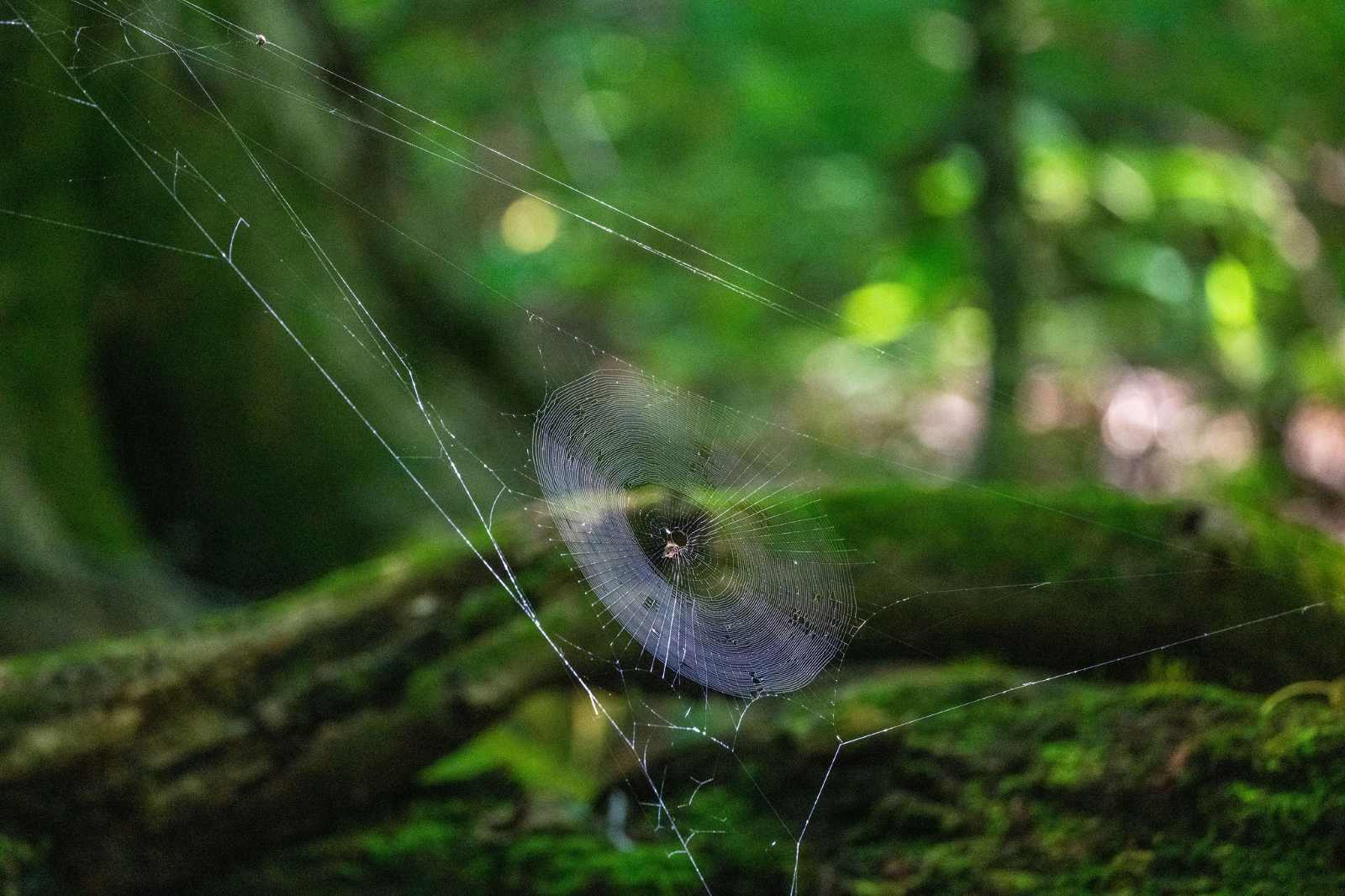
Northern Saw-whet Owl
Northern Saw-whet owl
Not all snowbirds seek palm trees
Written By: Cliff Chapman
Date Published: February 4, 2021
Cliff Chapman
By Cliff Chapman
Executive Director, Central Indiana Land Trust
I got a text from a friend a couple days ago asking if I wanted to go look for a saw-whet owl. It was too good of an opportunity for an enthusiastic birder to pass up.
Saw-whets are tiny owls who winter in Indiana. This owl—that nearly no one knows about—is an example of winter migration to somewhere other than the tropics. In this case, Central Indiana offers the warmer climate that birds flock to.
Like many people, my wife and I enjoy watching more common birds fill up at the bird feeders in our backyard (and we are excited about the Great Backyard Bird Count coming up!). It’s pretty obvious to even the casual observer that some birds, like chickadees and white-breasted nuthatches, stay around all year long—while some are just here for the winter, like juncos and white-throated sparrows.
But seeing the same bird species all year can sometimes be deceiving. Most folks don’t realize it, but goldfinches actually migrate. Yes, we have goldfinches year-round in our backyard, but our bright yellow friends from the summer are probably somewhere in Kentucky right now, while the hungry friends crowding our feeders now will fly up to Michigan this spring. Their migration is a much smaller shift than the warblers that will pass through Indiana in May.

Bluebird
Certain year-round birds shift in other ways, using seasonal flocking for protection. We often have bluebirds in our yard in winter—lots of them at the same time. On the other hand, I haven’t seen a robin in our yard in quite a while, but as I was picking up my son at school this week, I spied about 50 of them eating berries from fruit trees in the schoolyard. (Contrary to popular belief, not all robins winter in Florida!) At some point the birds will disperse and find their own territories, but for now, they are staying with their buddies.
This winter flocking tactic makes me wonder if the robins who will soon nest in our yard are right now hanging out in the schoolyard.
I took my friend up on the offer to search for the saw-whet, an owl the size of a soda can. While walking through the (undisclosed) woods,* we were surprised to see a hermit thrush. These are northern birds that I assumed would be well south of us this time of year. The area we were in had lots of shrubs with berries, so the handsome and lonely bird must have figured it made sense to stick around on its way south.
A bit later, we had the thrill of finding the bird we were looking for. And a surprising thing happened while we were looking at this still and somewhat bored-looking saw-whet owl. We heard a blue jay in a nearby tree mimicking its call. This blew me away. Blue jays’ main call mimics a red-shouldered hawk, but here it was making thin whistle notes just like a saw-whet owl!
Nature just never ceases to amaze me.
* Saw-whet locations are kept secret, as these birds’ best defense is to stay still. People have been known to put ladders up near the owl’s perch, and this harassment can have negative impacts.
Want to take part in the Great Backyard Bird Count, Feb. 12-15? This weekend count, sponsored by Cornell Lab of Ornithology, Audubon, and Birds Canada, is a fun way to contribute citizen science to the body of bird knowledge. More than a quarter-million people go out to watch birds at once! Find instructions here.

Ben Valentine
Guest Blogger
Ben Valentine is a founding member of the Friends of Marott Woods Nature Preserve and is active in several other conservation organizations. He leads a series of NUVO interviews with Indiana's environmental leaders, and he cherishes showing his son all the wonders of nature he grew up loving.

DJ Connors
Guest Blogger
DJ Connors, a Central Indiana native and late-to-life hunter, combines a lifelong appreciation for wildlife and the outdoors with a deep passion for exploring the natural beauty of the area he has called home for most of his life. As a husband and father of three, he is committed to ensuring his children have the same opportunities to connect with nature and appreciate the outdoors in their community. DJ’s unique journey into hunting emphasizes sustainability, responsible stewardship, and the importance of preserving these experiences for future generations.

Bridget Walls
Guest Blogger
Bridget is our first ever Communications and Outreach Intern. She is a graduate of Marian University, where she combined English, studio art, and environmental sciences in her degree studies. As treasurer for Just Earth, the university's environmental club, she helped plan events encouraging a responsible relationship between people, nature, and animals.

Jordan England
Guest Blogger
Jordan England is a lifelong Shelby County resident who graduated from Waldron Jr. Sr. High School (just a few miles from Meltzer Woods!). After earning her B.S. degree in Retail Management from Purdue University, she returned to Waldron to start a family with her husband, Brian. Together they have 3 young children and enjoy sharing with them their love of the community. Jordan is the Grants and Nonprofit Relations Director at Blue River Community Foundation, managing BRCF’s grant program, providing support to local nonprofits, and promoting catalytic philanthropy in Shelby County.

Cliff Chapman
President and CEO
As CILTI’s President and CEO, Cliff keeps CILTI’s focus on good science and stewardship. He’s mindful that the natural places you love took thousands of years to evolve and could be destroyed in a single day, and that knowledge drives his dedication to their protection.

Stacy Cachules
Chief Operating Officer
Among her many key duties as Assistant Director, Stacy has the critical task of tracking our budget, making sure we channel donations for maximum efficiency. When her workday’s done, Stacy loves to spend time with her two young boys—and when not traveling, she’s likely planning the next travel adventure.

Ryan Fuhrmann
Vice Chair
Ryan C. Fuhrmann, CFA, is President and founder of Fuhrmann Capital LLC, an Indiana-based investment management firm focused on portfolio management. Ryan’s interest in land conservation centers around a desire to help preserve natural habitats for wildlife and the subsequent benefits it brings to people and the environment.

Joanna Nixon
Board Member
Joanna Nixon is the owner of Nixon Consulting, an Indianapolis-based strategy and project management firm focused on the nonprofit sector. She currently serves as the Philanthropic Advisor for the Efroymson Family Fund. Prior to opening her consulting practice in 2000, Joanna was vice-president for grantmaking at Central Indiana Community Foundation (CICF). Joanna has more than 25 years of experience in the nonprofit and arts and culture sector. She is passionate about the environment and loves bringing big ideas to life and creating high-quality arts and culture programs and experiences. Joanna enjoys outdoor adventures, including competing in fitness obstacle course races and hiking with her high energy Australian Cattle Dog, Jackson.

Karen Wade
Board Member
Before retiring, CILTI board member Karen Wade worked for Eli Lilly & Co. In retirement she volunteers for a number of organizations, including the Indiana Master Naturalist program, Johnson County Native Plant Partnership CISMA, Meadowstone Therapeutic Riding Center, and Leadership Johnson County.

David Barickman
Development Systems Manager
Born and raised in Central Illinois, David spent many days as a child wandering around the river, forest and lakes there. He works behind the scenes as a key member of our fundraising team. When not working, David loves to be outdoors hiking, fly fishing, kayaking or woodworking.

Jamison Hutchins
Stewardship Director
Jamison leads our stewardship team in caring for the land that is so important to you. He comes to our team after eight years as Bicycle and Pedestrian Coordinator for the city of Indianapolis, where his work had a positive impact from both health and environmental perspectives.

Jen Schmits Thomas
Media Relations
An award-winning communicator and recognized leader in Central Indiana’s public relations community, Jen helps us tell our story in the media. She is the founder of JTPR, which she and her husband John Thomas own together. She is accredited in public relations (APR) from the Public Relations Society of America, and loves to camp and hike in perfect weather conditions.

Shawndra Miller
Communications Director
Shawndra’s earliest writing projects centered around the natural world, starting when a bird inspired her to write her first “book” in elementary school. Now she is in charge of sharing our story and connecting you to our work. Through our print and online materials, she hopes to inspire your participation in protecting special places for future generations.

Phillip Weldy
Stewardship Specialist
Phillip enjoys nature’s wonders from an up-close-and-personal perspective as he works to restore the natural places you love. As an AmeriCorps member in Asheville, NC, he had his first full immersion in relatively undisturbed land while reconstructing wilderness trails in National Parks and National Forests.


December 11, 2025
Brown County is beloved for its vistas of iconic Southern Indiana hills. Now the forests under protection in the county include another 89 acres. That’s all thanks to our members’ generosity!
Betley Woods,Blossom Hollow,Callon Hollow,Newsroom,Properties


December 9, 2025
Board member Ryan C. Fuhrmann, CFA, is President and founder of Fuhrmann Capital LLC, an Indiana-based investment management firm. As our incoming board chair, Ryan brings a strong desire to preserve natural habitats for wildlife. We asked him to share his perspective on making gifts of stock to the [...]
Newsroom


December 2, 2025
Our board member, John Bacone, reflects on conserving key natural areas. He led the Department of Natural Resources Division of Nature Preserves for over four decades. Years ago, when I was working in the Indiana DNR Division of Nature Preserves (DNP), I asked Bob Waltz, the State Entomologist, how [...]
Betley Woods,Blossom Hollow,Homepage,Meltzer Woods,Newsroom,Properties,Stewardship




























